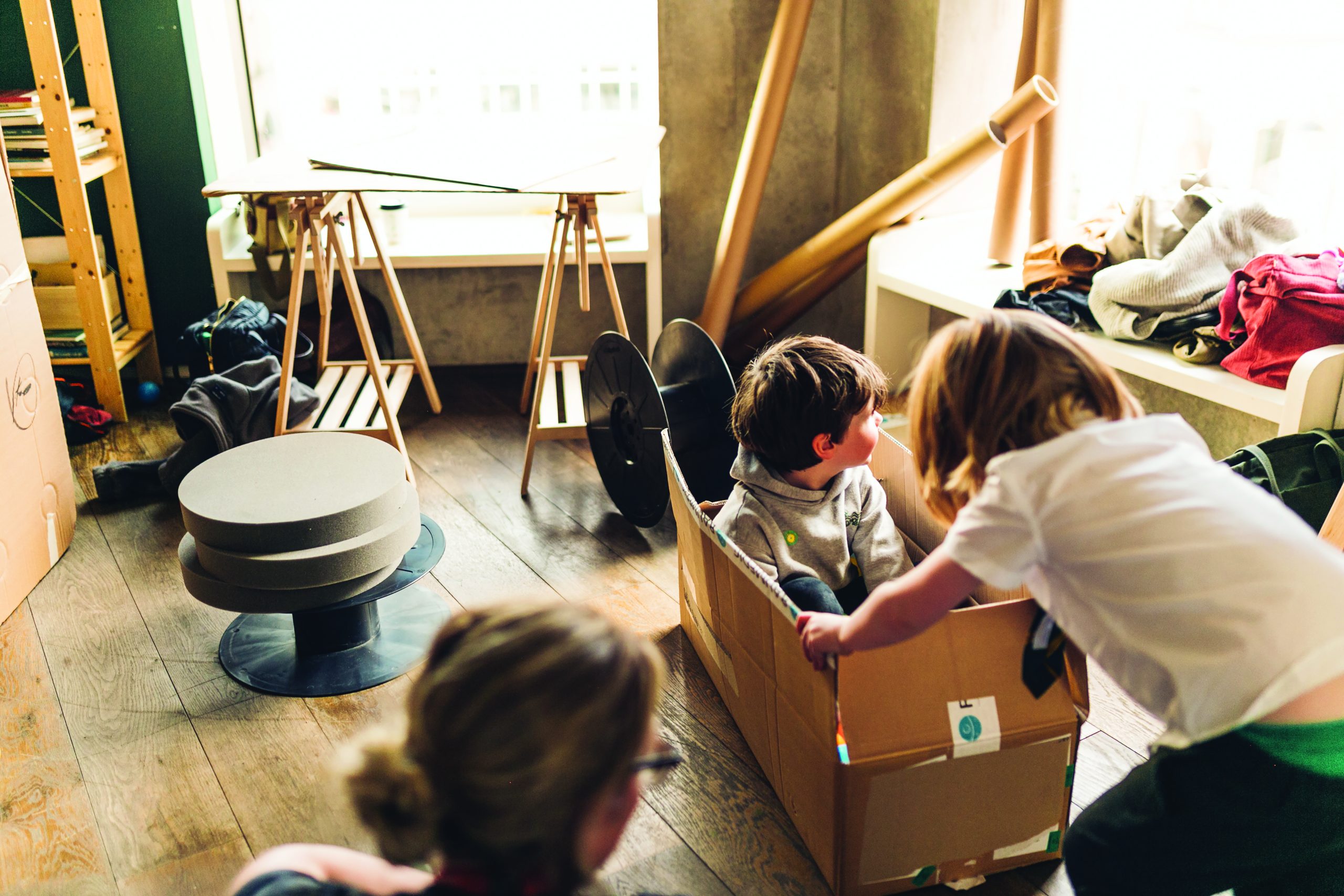How we used free play in the delicate art of co-creation

To bring Wiggle Room to life, Boom Clap Play collaborated with Big Motive to involve their audience—children, parents, and teachers—in shaping the interactive art space.
Big Motive first consulted with adults—parents, guardians, and teachers—to understand what makes a great day out with children aged 6–11. From these conversations, they developed a framework of dos and don’ts, such as considering the entire journey through the space and planning a clear beginning and end.
They emphasised that the experience should go beyond screens, incorporating tactile elements for exploration. Additionally, the team spent time observing visitors at some of the most popular interactive exhibition venues in Northern Ireland.

But this journey isn’t just about creating something for children; it’s about creating something with them. In the co-design phase, Big Motive and Boom Clap Play directly involved children aged 6–11 in the ideation process. Guided by principles from Big Motive’s Kids First report and with support from play workers at PlayBoard NI and YMCA Bangor, the team adapted their design tools and facilitated engaging sessions. They kicked off with free play sessions, allowing them to observe how children naturally play and to build an initial level of trust.
During the workshops, the children participated in a variety of fun and creative activities. They explored and played with loose parts, building towers and forts, and delved into a vast array of creative references. Novel methods were used to capture their likes and dislikes, including brainstorming sessions, sketching, and sculpting. The children sketched their visions on large sheets of paper, which became the foundation for further ideation.
In subsequent sessions, the team presented a range of newly designed sketches based on the children’s previous input. The kids were encouraged to explore, dismantle, and generate new ideas on top of these designs. This iterative process allowed the project to evolve organically, with the children’s creativity driving the development.
Testing has been continuous, and the exhibit continues to grow as it is “live.” The ongoing feedback from the children ensures that Wiggle Room remains a dynamic and responsive space, evolving to meet the needs and imaginations of its young audience.
